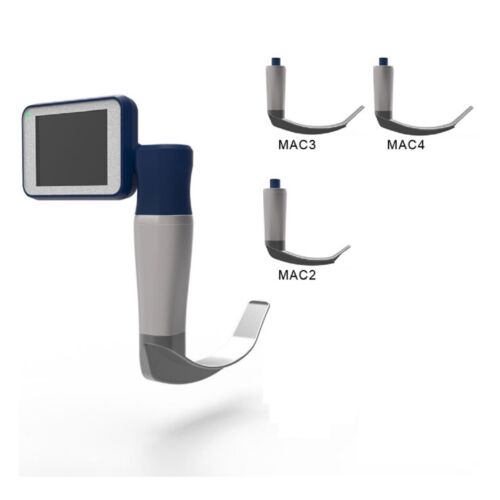Studies show the use of video laryngoscopy devices improves the glottic view and may reduce airway trauma and the number of failed intubations. The Insighters® Video Laryngoscope facilitates intubation while allowing clinicians to share and record real-time high-resolution images and video.
A thin, tube-like instrument used to examine the larynx (voice box). A laryngoscope has a light and a lens for viewing and may have a tool to remove tissue.
A direct laryngoscopy allows visualization of the larynx and is often used during general anesthesia, surgical procedures around the larynx, and resuscitation. This tool is useful in multiple hospital settings, from the emergency department to the intensive care unit and the operating room.
Videolaryngoscopes have quickly gained popularity as an intubation device in a variety of clinical scenarios and settings, as well as in the hands of airway experts and nonexperts. Their indirect view of the upper airway improves glottic visualization, including in suspected or encountered difficult intubation.
Laryngoscopy can be used to treat some problems in the vocal cords or throat. For example, long, thin instruments can be passed down the laryngoscope to remove small growths (tumors or polyps) on the vocal cords. A small laser on the end of a laryngoscope can also be used to burn away abnormal areas.
Videolaryngoscopy has been shown to improve patient outcomes when compared with direct laryngoscopy, including improved first-pass success at tracheal intubation, reduced difficult laryngeal views, reduced oxygen desaturation, reduced airway trauma, and improved recognition of oesophageal intubation.



Reviews
There are no reviews yet.